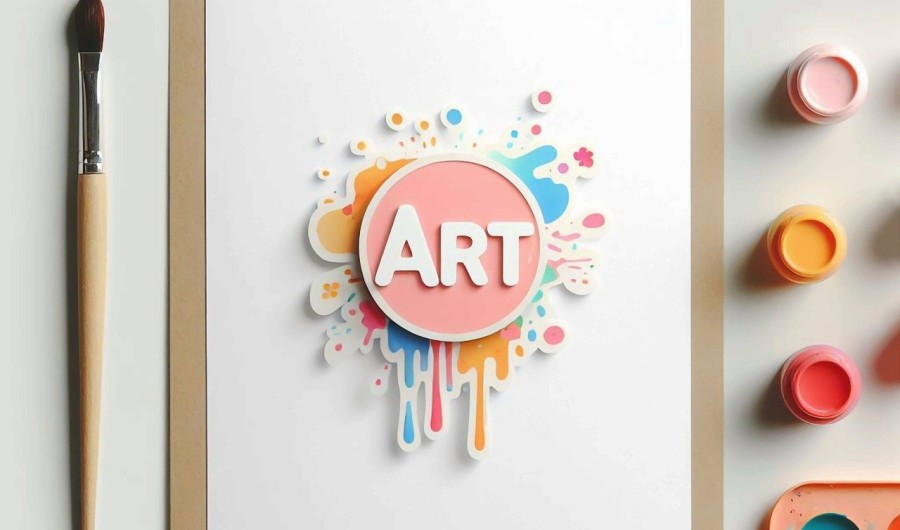
Artificial Intelligence Art Generators : Insights from Artists and Technologists
Art is in an age of change. Artificial Intelligence (AI) art generators have become accessible tools for both artists and non-artists alike, opening up exciting new avenues of artistic expression and collaboration. Free AI art generators with background remover features have further blurred the distinction between human creativity and machine creativity, offering thrilling new avenues of artistic expression and collaboration.
Artificial Intelligence in art poses many questions: Will AI take over completely from artists, how can artists utilize AI tools to augment their work and what ethical considerations arise when machines co-create art? To gain further insights into these complexities, we conducted interviews with both artists and technologists at the forefront of this artistic revolution.
Demystifying AI Art Generators: How Do They Work? AI art generators are computer programs trained on large datasets of images, styles and artistic movements in order to identify patterns, understand aesthetics and generate entirely new artwork according to user requests or specific styles. There are typically two primary approaches these programs take.
Generational AI: With this method, AI is fed keywords or themes from existing artwork as inspiration to create its own piece that captures them perfectly.
Style Transfer: With this technique, users can upload existing photographs and apply an artistic style – making this technique ideal for quickly turning vacation photos into Van Gogh-inspired masterpieces with only a few clicks!
AI art generators provide an ideal starting point for exploring AI-assisted art creation, though more sophisticated generators may incur subscription fees for additional features like:
Create art you’ll be proud to show off by customizing parameters like colors, composition and brushstrokes. Generate high-resolution outputs: Create professional-grade images suitable for printing or commercial use.
Integrate AI-generated elements seamlessly into your design workflow: Take advantage of AI to seamlessly incorporate AI-generated elements into your current design workflow.
AI and the Artist’s Toolkit
Artificial intelligence-generated art generation does not seek to replace artists; rather it serves as a complement and boost for their creativity. Many artists we consulted saw AI as being useful addition to their toolbox of creativity.
Sarah Jones, a digital artist suggests the possibility of having access to an infinite source of creativity at your fingertips.
AI art generators serve many different functions, from creating initial ideas and color palettes to producing intricate backgrounds or textures. Some AI art generators even come equipped with free background remover features for added utility – eliminating existing backgrounds allows artists to seamlessly incorporate AI-generated elements into existing works.
David Chen is an established traditional painter who recently employed an AI art generator to generate intricate landscapes for his paintings. “The generator provided several options from which I selected one that best captured the feel I desired for my canvas; background remover software made integration seamless.”
AI Art Generators’ True Strength Lies in Fostering Cross-Disciplinary Collaboration
While AI art generators produce stunning visuals, their true power lies in encouraging cross-disciplinary collaboration. AI art generators possess the potential to open up exciting new forms of collaboration among disciplines.
“Artists and programmers are increasingly joining forces to design artificial intelligence models tailored specifically for specific artistic styles or themes,” according to Dr. Maria Rodriguez, an expert on AI applications in art. According to Rodriguez, this partnership between artists and programmers is yielding truly innovative artistic expressions.
Imagine AI working together with musicians to produce visuals that perfectly accompany their music or fashion designers partnering with AI to design patterns for clothing lines – the possibilities seem limitless!
Ethical Considerations in AI Art Generation
Artificial intelligence presents some unique ethical considerations when used to create art. A major one is ownership – who owns it when AIs create art? Is it the artist who provided prompts or its programmer who designed its model?
“It is essential that clear guidelines be established regarding ownership and copyright issues related to AI-generated art,” states Lisa Thompson, an attorney who specializes in intellectual property law. This will ensure artists receive adequate compensation for their efforts.
AI-generated art could present risks of bias. Since AI models are trained on large datasets with existing artwork collections; if these collections lack diversity and representation, their AI could produce pieces which reflect or worsen existing social inequities.
Dr. Rodriguez stresses the importance of taking great care in selecting data sets used to train AI models, so as to avoid bias from creeping into its output and potentially becoming its source. By creating diverse data pools specifically dedicated to this task, we can ensure bias doesn’t creep in as an unexpected output of this task and potentially become its cause.
AI Art Education and Accessibility: Expanding Creativity
AI art generators hold great promise of broadening creativity among all. As free, easily accessible tools make art creation accessible for people of any background when it comes to visual communication or artistic abilities, as well as making exploration visually accessible while helping individuals craft individual pieces.
AI art generators can serve several functions within education: Creative Prompts: AI-generated visuals provide students with inspiration to explore and refine their own artistic concepts.
Discover artistic styles: By training AI models on different artistic movements, students can gain a better understanding of various artistic movements.
Accessibility Tools: AI generators offer individuals who find traditional art production challenging a means of creatively expressing themselves through artistic expression.
AI Art as a Collaborative Canvas
AI-generated art holds great promise for its future development, with advances in machine learning and computational creativity set to revolutionize artistic practice. As AI algorithms become ever more sophisticated, artists will gain access to an ever-wider selection of tools and techniques to assist their efforts; furthermore, cross-disciplinary collaboration among artists, technologists, ethicists will play a major role in shaping both ethical and aesthetic aspects of Ai art.






